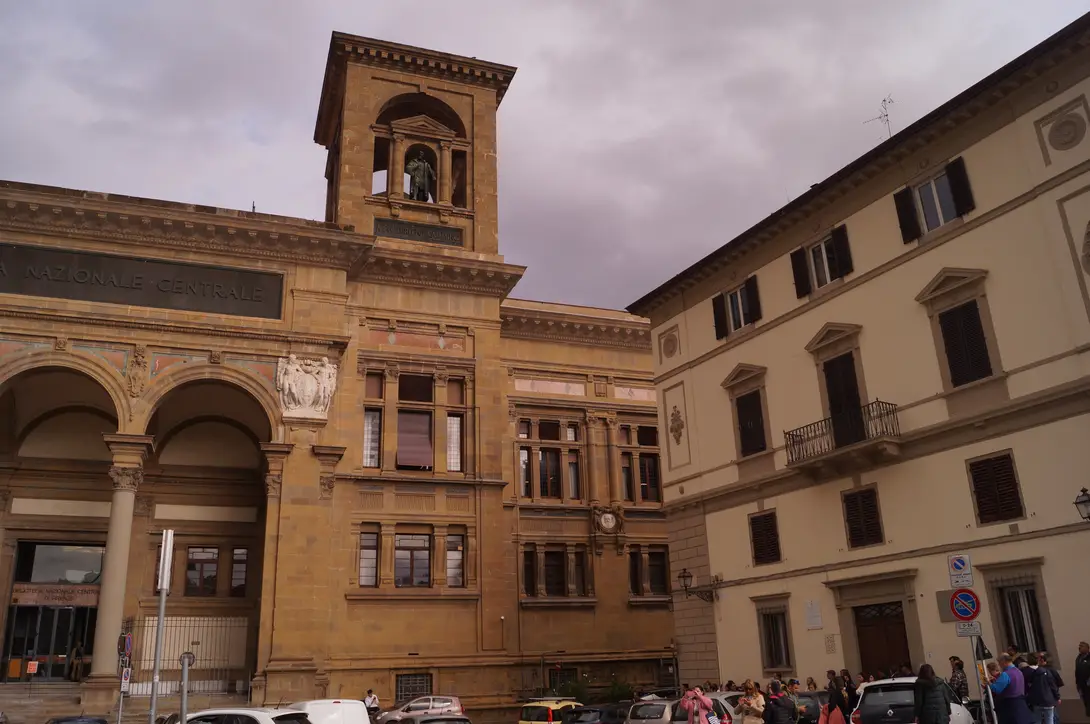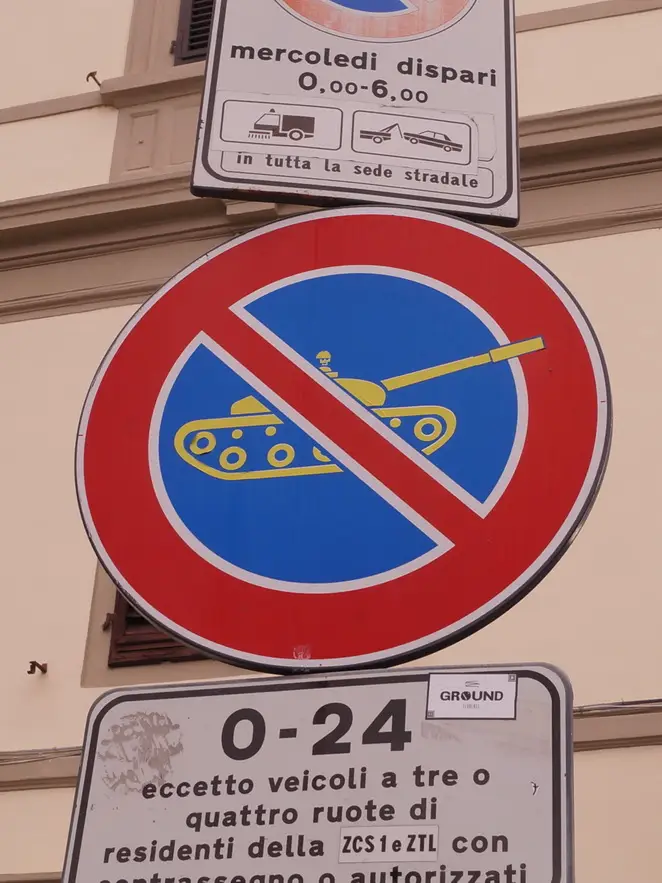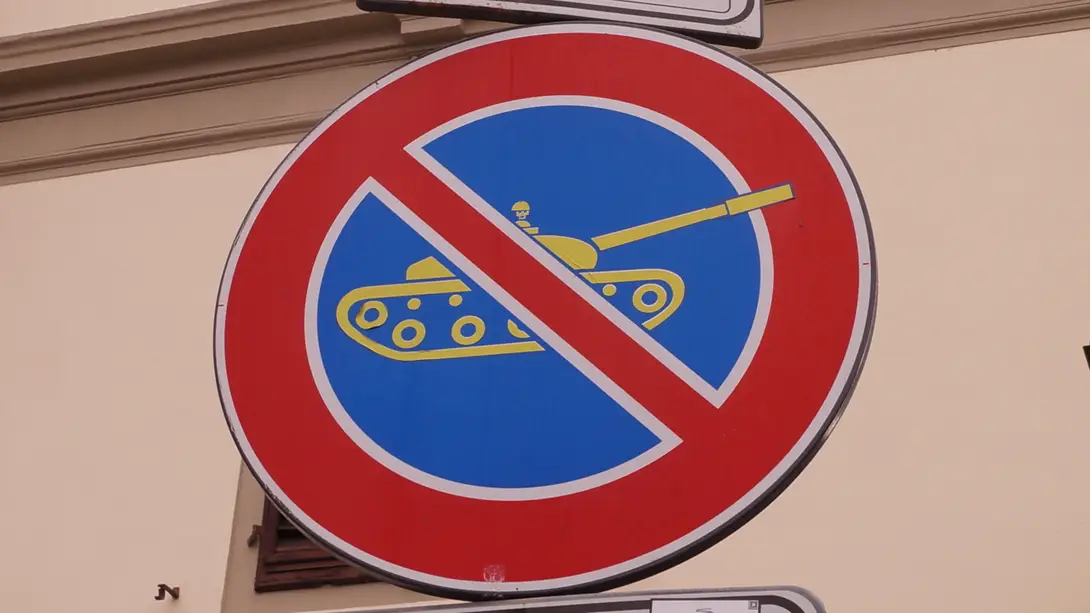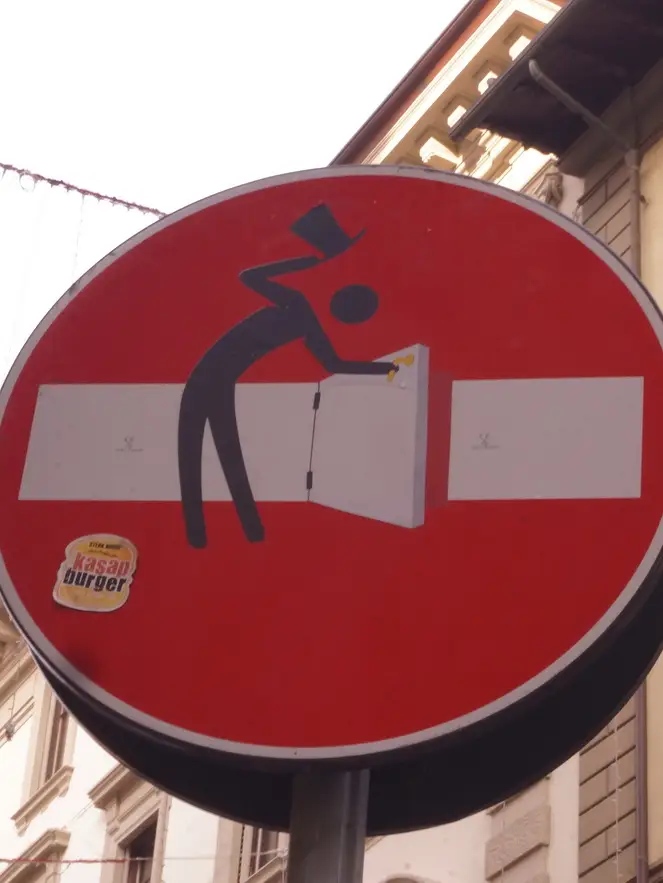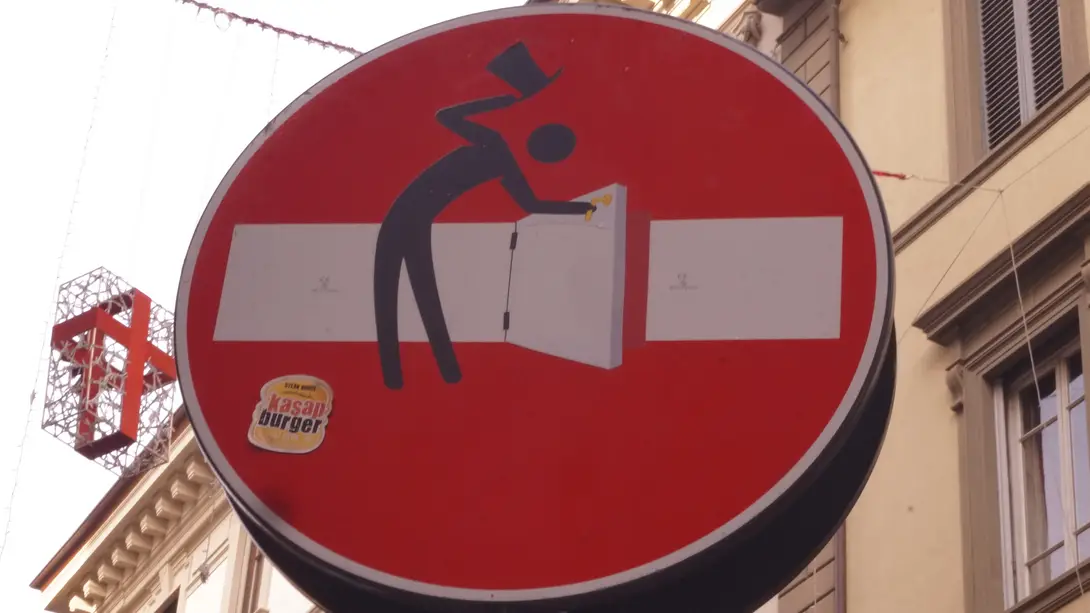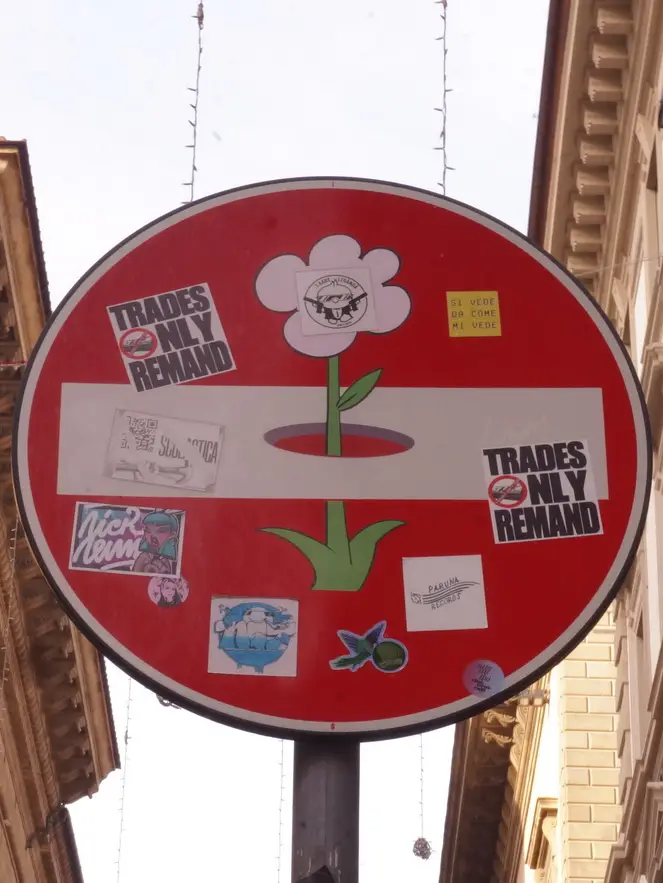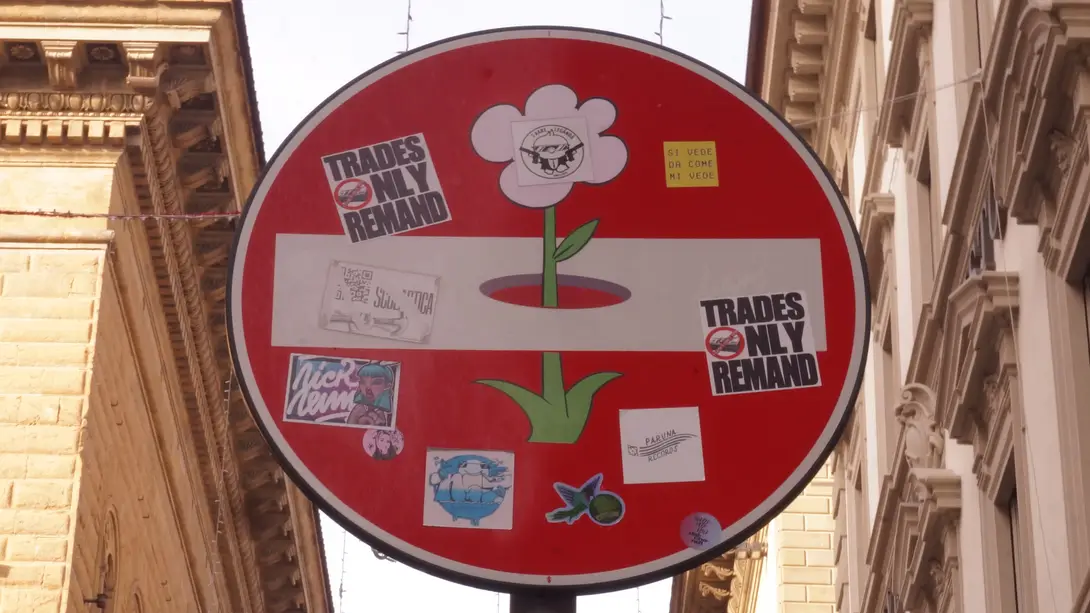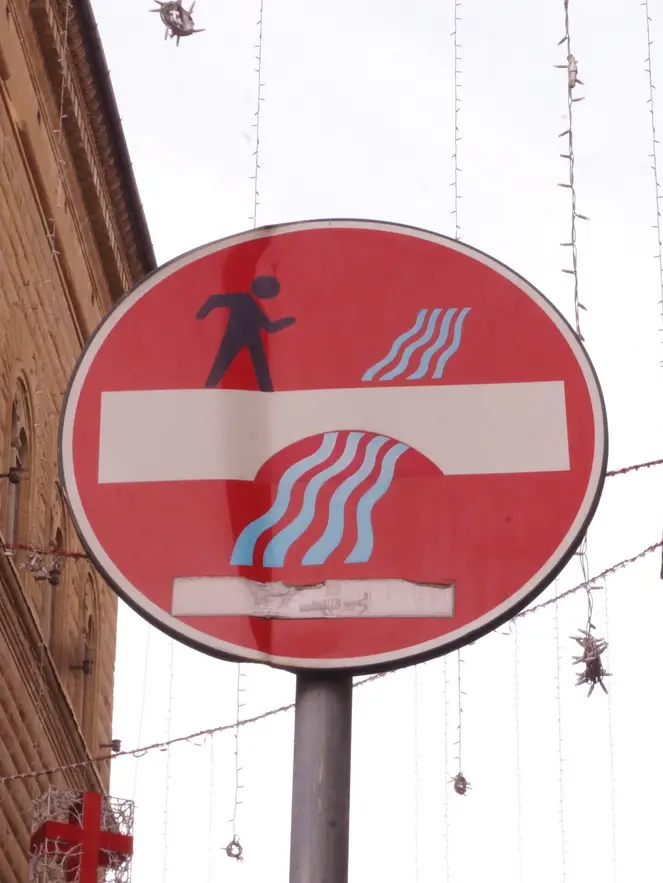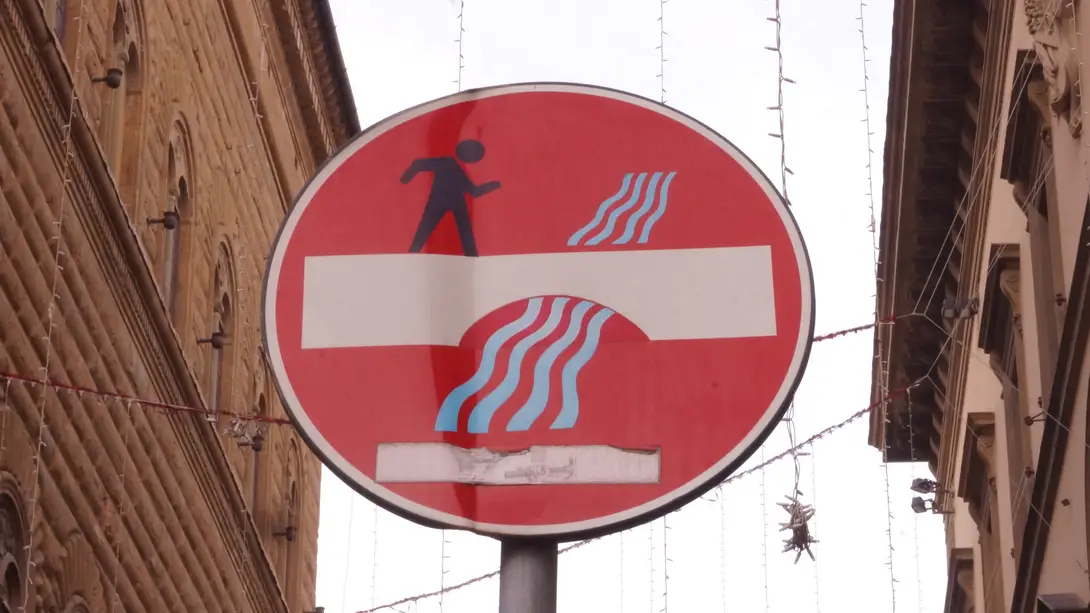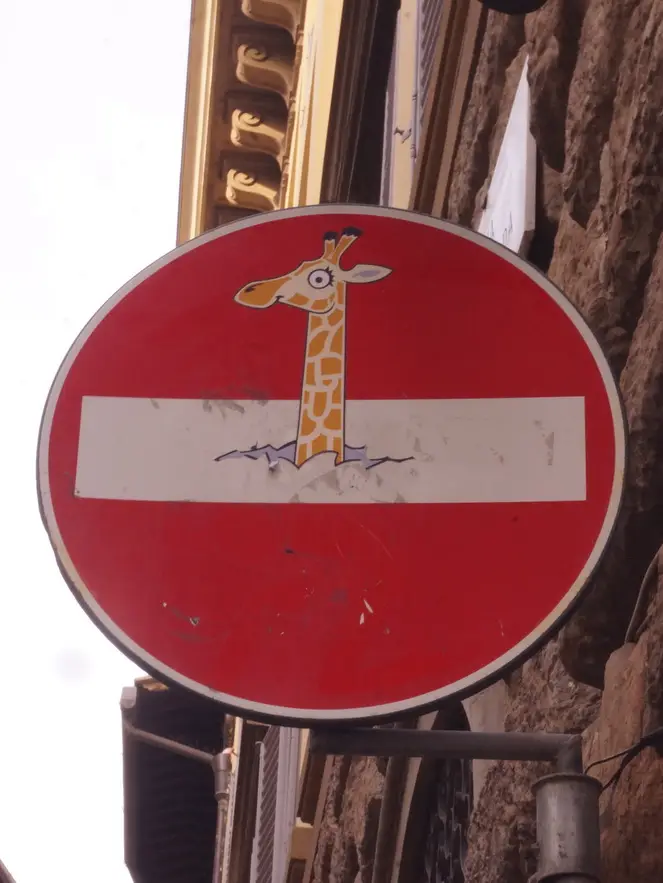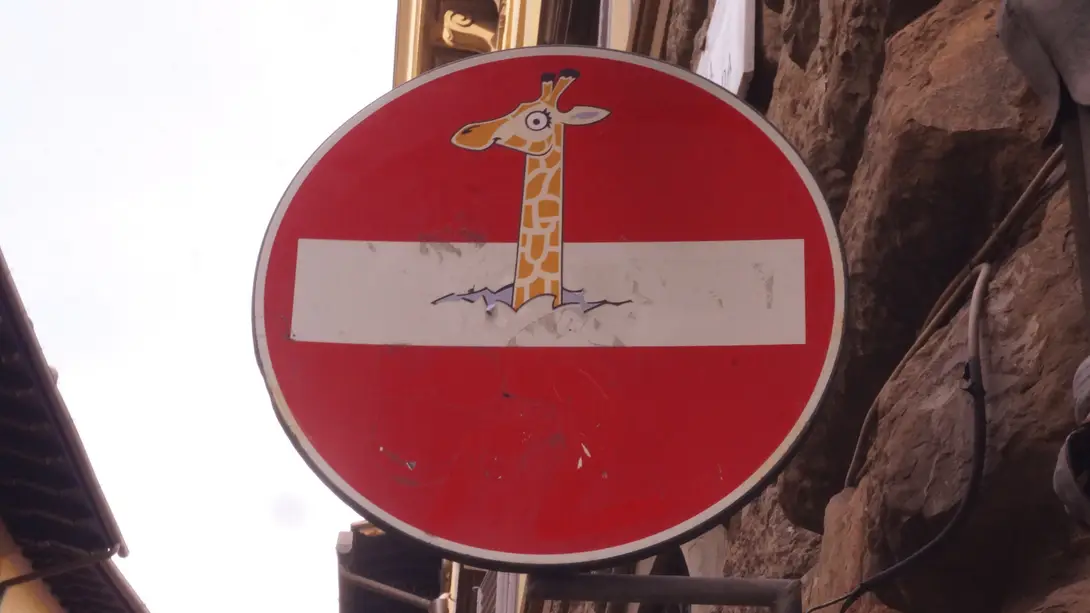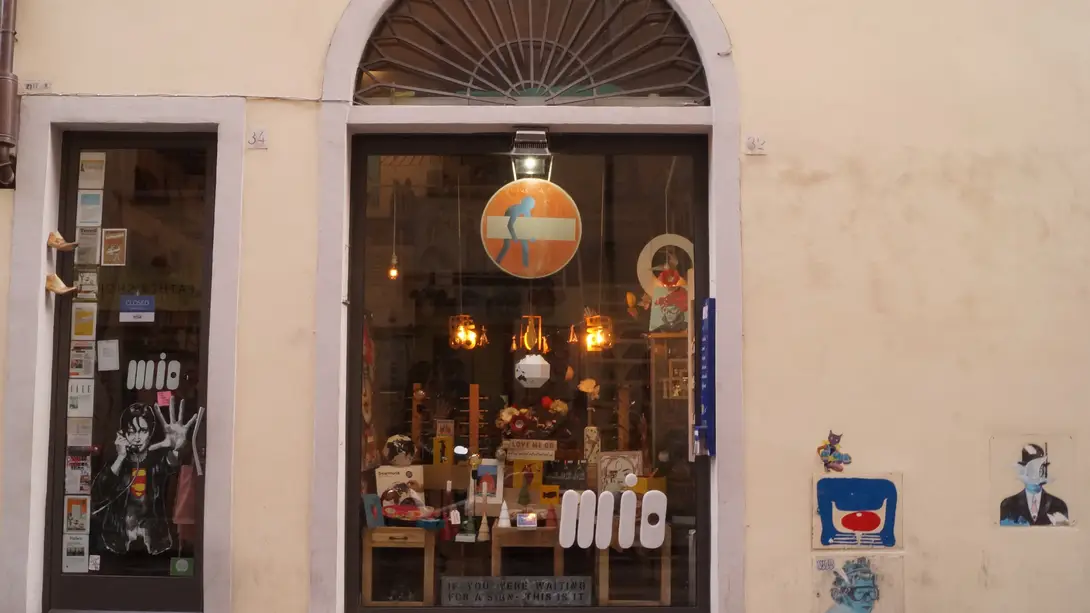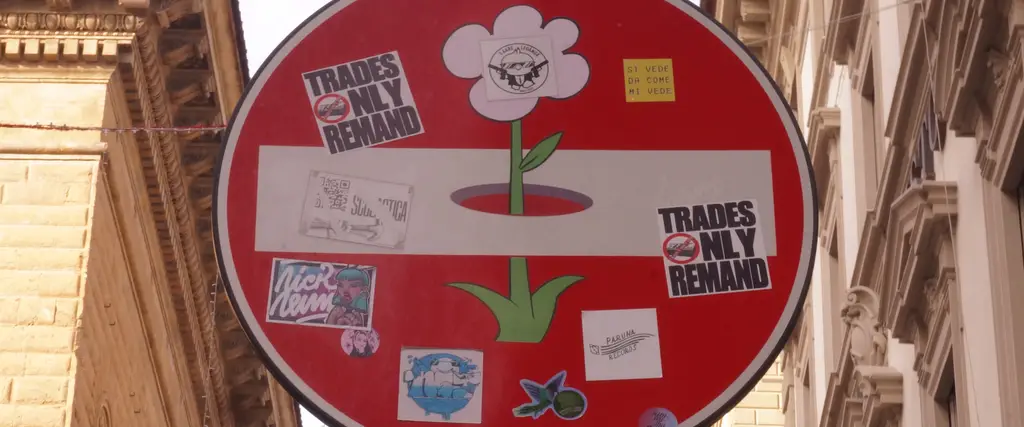
Discovering Clet
According to Clet, Florence isn't a locked chest preserving treasures of the past, but rather a cradle, always ready to welcome new contemporary gems, in order to renew and further embellish itself and its history.
But who is Clet? Clet Abraham was born on October 2nd 1966 in Bretagne. He's the son of Jean-Pierre Abraham, a writer famous in France for his novels for children.
He spent several years of his life on Penfret, a deserted island in the Glénan archipelago, where his father served as a lighthouse keeper. The artistic atmosphere in his family, as well as the close relationship with the open sea, likely inspired him to dedicate his life to art. That sense of immense freedom he experienced during that period of his life can certainly be observed and appreciated in his artistic expressions.
Clet studied at the Fine Arts Academy of Rennes and in the 1990s he moved to Italy: first gto Rome, where he became a restorer of antique furniture, then near Arezzo and finally to Florence, just as the city was undertaking an architectural and artistic mutation.
Clet's a sculptor as well as a painter. One of the favored subjects of his surrealistic oil paintings are percolators that either get humanized to become protagonists of improbable processions or take the place of historical buildings, like the Baptistry of San Giovanni in Florence.
Even when the subject's a traditional one, like a portrait, he's able to surprise: for instance, when he hung his painting in Palazzo Vecchio in the empty space left by Bronzino's portrait of Laura Battiferri, which had been temporarily moved to Palazzo Strozzi for an exhibition. No one noticed anything amiss untill the following day. However, Clet's true forte lies in his urban interventions, which have made him famous but which have also been frequently removed. His Common Man is emblematic: this human-shaped sculpture, realized in metal and fiberglass, was installed on one of the spurs of Ponte alle Grazie in 2014 only to be removed by authorities and then reinstalled by the author, on and off, twice more, to finally be placed back there for good only in 2021.
The most distinctive feature of Clet's art is the application of stickers on street signs, to give them new meanings and an ironic twist. These too frequently cause the intervention of the authorities.
Comune di Firenze
Les lieux
Étapes
Biblioteca Nazionale Centrale di Firenze
The nucleus from which the National Central Library of Florence was born was the private library of Antonio Magliabechi, consisting of some 30,000 volumes, which in 1714 was left, according to his will, 'for the universal benefit of the city of Florence'.
In 1747 it was opened to the public for the first time under the name Magliabechiana.
In 1771 Grand Duke Pietro Leopoldo renounced the Biblioteca Mediceo-Palatino-Lotaringia and wanted it united with the Magliabechiana.
Originally, the Library was housed in premises that were part of the Uffizi complex. In 1935, it was moved to its current location, built from 1911 onwards to a design by architect Cesare Bazzani and subsequently extended by architect Vincenzo Mazzei. The building, one of the rare examples of library construction, is part of the monumental area of the Santa Croce complex.
The Library is only accessible for study and lending purposes; however, there are exhibition spaces for exhibitions, with access from Via Magliabechi 2
Palazzo Strozzi
Palazzo Strozzi, with its imposing facades clad in pietra forte, is one of the most significant Renaissance palaces in Florence and a privileged venue for important art exhibitions.
One of the rooms on the ground floor houses a permanent exhibition that tells the story of Palazzo Strozzi. It was built in 1489 on behalf of Filippo Strozzi, one of the wealthiest merchants in Florence, who wanted it larger than Palazzo Medici. The construction remained unfinished when the Strozzi family, rebels against Medici rule, fell into disgrace in the 16th century.
The elegant courtyard, designed by Simone del Pollaiolo, is surrounded by arches resting on columns with Corinthian capitals; it is accessed through imposing portals that open in three directions (Via Tornabuoni, Via Strozzi, Piazza Strozzi).
The palace houses cultural institutions, including the National Institute for Renaissance Studies, but above all the Fondazione Palazzo Strozzi, the heart of cultural activity: in fact, the rooms are always the venue for important art exhibitions. In the spaces of the Centre for Contemporary Culture Strozzina, in the basement of the palace, initiatives dedicated to contemporary art take place.
